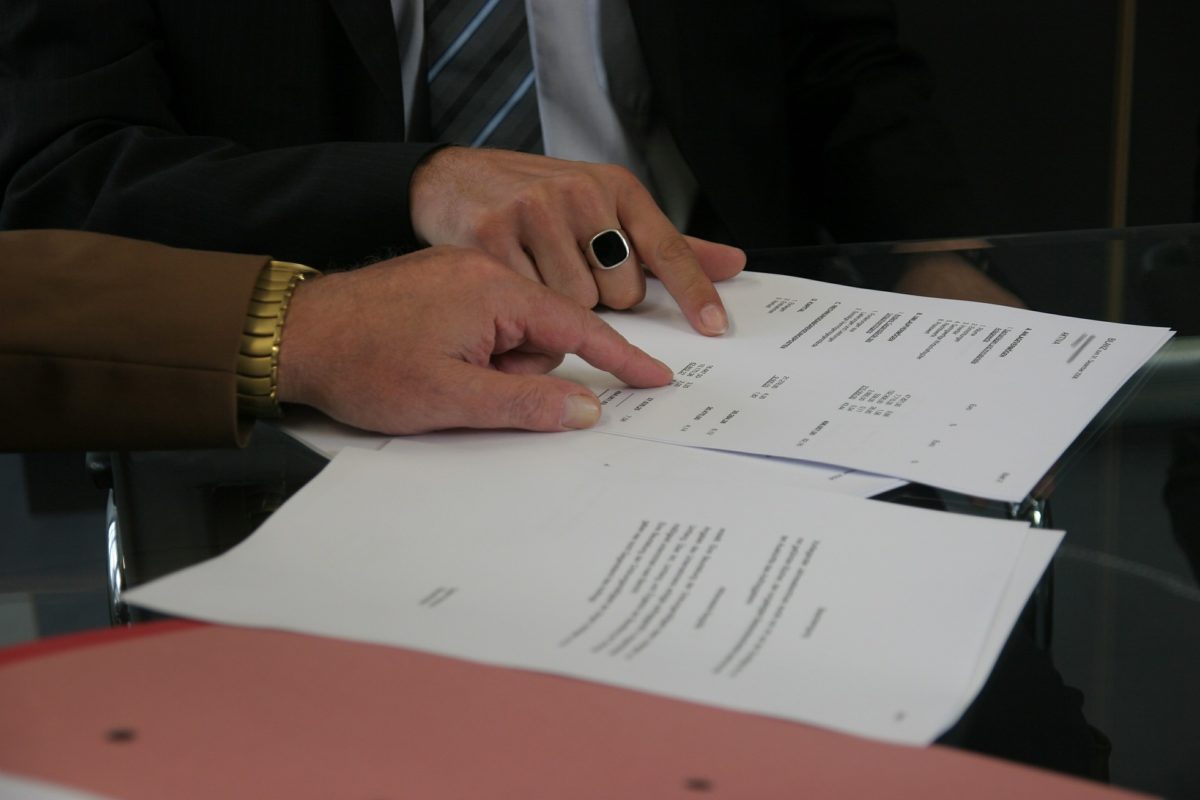One of the main challenges companies face is that they cannot create a unified contract management process. This hurdle makes it difficult for them to keep track of their contracts and data.
The contract management process is a series of steps that a company must follow to ensure that they are on the right side of the law and have their contracts in order.
There are many challenges that companies encounter during the contract management process.
One of them is defining the scope of work. Companies need to determine what they need from their vendor and what they expect from them. Another challenge is getting the right supplier for your company’s needs. Some companies find it challenging to find a supplier because there are so many options, and they don’t know where to start looking.
If you want to improve your business’s contract management process, here are some tips for making it more efficient.
Develop a process map
A process map represents a process you can usually visualize as a flowchart. It helps identify the steps in a process and the relationships between them.
Process maps help manage processes, identify improvement opportunities, and communicate strategies.
Process maps can help businesses with their contract management process by clearly understanding what needs to happen for signed, executed, and maintained contracts.
Creating a process map isn’t the only critical step here. You also have to ensure that everyone is aware of this process map as it will serve as everyone’s guideline of the contract management process.
Standardize the contract by using templates
The process of writing a contract is not always easy. It often requires a lot of time and effort to draft one that satisfies the needs of both parties. It is essential to have a contract template for your customers if you provide services that involve contracts regularly.
A contract template is a pre-written contract that you can use for your business. It helps to standardize the contracts and minimize the time for drafting the agreements.
Contract templates are great because they help save time, reduce legal fees, avoid mistakes and improve consistency. They also provide a framework and guidelines that make it easier to create new contracts.
These templates will save you time and money in the long run since it will be easier for you to provide the same service at different times and locations without rewriting your contracts from scratch.
Streamline processes for approvals
Streamlining the contract approval process is a great way to ensure that your business’s legal obligations are met and that you can move forward with projects on time.
There are three critical steps to streamlining your contract approvals:
- Identify which contracts require approval
- Determine who needs to approve them
- Create an approval workflow that fits your organization’s needs
Once you manage to do these three steps, it will be much easier to streamline the process and move things along a lot faster.
Set key performance indicators (KPIs)
The contract management process is managing the contracts from the beginning to the end. The key performance indicators are a set of metrics used to measure how well a company is performing.
Setting KPIs for the contract management process can help improve and refine your contract management process and make it more efficient.
Setting key performance indicators or KPIs for the contract management process is a great way to measure and evaluate how well you execute the process.
Setting KPIs in the contract management process can help you better understand your progress and what needs to be improved. It can also help you stay on track with the tasks you need to complete.
Analyze and monitor contract risks
When we sign a contract, we give up some of our rights for the benefits. We need to make sure that the contract is fair and not one-sided.
There are three groups that contract risks fall into – business risks, legal risks, and technical risks.
Business risks are associated with the company’s ability to meet its obligations under the contract. Legal troubles are associated with whether or not any party to the agreement violates a law or regulation. Technical risk refers to whether or not there will be any unforeseen errors in technology that may occur during the performance of the contract.
Once you know what types of risks you can encounter, you’ll be more efficient in monitoring and preventing them.
Use electronic signatures
Electronic signatures are a technology that can help improve the contract management process. This type of signature can make contracts more secure and reduce the time it takes to turn documents into contracts.
Electronic signatures, also known as e-signatures, are a technology that has been around for a while, but they are still not widely used.
It eliminates the need for physical signatures on contracts. It also eliminates the need for sending hard copies of contracts to clients and co-signers.
Discard outdated contracts

Contracts have a lot of legal implications, and as such, it is vital to have them reviewed by a lawyer before signing. However, some contracts are outdated, and you should discard them.
For example, if your contract is for an employment contract or a long-term lease, review it with your lawyer. It’s also important to discard any agreements you signed without the help of a professional such as for mortgages or loans. If you’re not sure whether or not your contract is outdated, consult with an attorney.
Automate manual processes
Automating manual processes in contract management is a great way to save time, reduce human error and increase efficiency.
There are many different ways to automate contract management processes. A few examples of how to start automating the manual methods are using templates, using AI tools, or using digital signature technologies.
For example, many companies incorporate contract management tools to make their lives a lot easier throughout the entire contract signing process from start to finish.
Some of the benefits of using a contract management tool are:
- Eliminating data entry errors and inconsistencies
- Reducing paperwork
- Streamlining workflow
- Ensuring regulatory compliance
Final Thoughts
All of the tips above are great for ensuring that your contract management process doesn’t take as long as it should. That way, all the parties involved in the contract process have an easier time going through it, and you can pay more attention to other aspects of your business.














